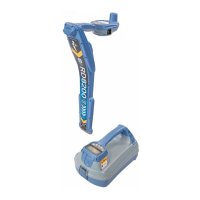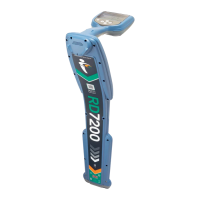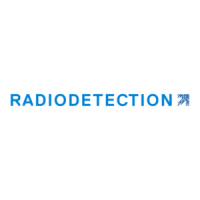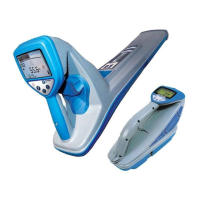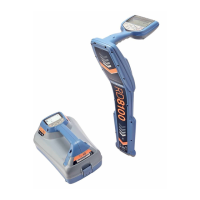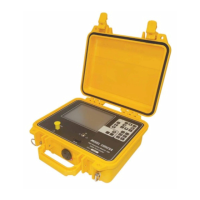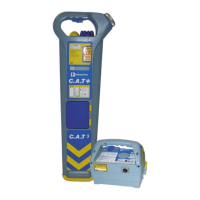What should I do if my Radiodetection Cable Tester is not receiving a response from the transmitter (code BT008)?
- JJames StevensAug 13, 2025
Ensure the transmitter is powered on and within range.
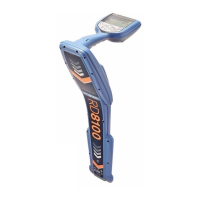
What should I do if my Radiodetection Cable Tester is not receiving a response from the transmitter (code BT008)?
Ensure the transmitter is powered on and within range.
How to fix wireless communication issues on Radiodetection Cable Tester due to battery life?
Ensure that the RD8100 locator, transmitter and any other wireless device is sufficiently charged for wireless communication.
What to do if I get a corrupt response from transmitter (code BT006) on Radiodetection Cable Tester?
Check the connection to the transmitter.
What does it mean if my Radiodetection Cable Tester paired but connection attempt failed (code BT005)?
Power cycling may be required.
What to do if I get a corrupt response from PDA (code BT009) on Radiodetection Cable Tester?
Check the connection to the PDA.
What to do if Radiodetection Cable Tester transmitter is unable to change to the requested frequency (code TX???)?
Check that the transmitter model is set correctly.
How to solve problems with RD8100 wireless Bluetooth technology features on Radiodetection Cable Tester?
Radiodetection recommends resetting the connection and then pairing your device again.
What to do if my Radiodetection Cable Tester PDA has insufficient memory for maintaining a wireless link?
Make sure you quit applications on your PDA using the method described in your device’s documentation.
| Brand | Radiodetection |
|---|---|
| Model | RD8100 |
| Category | Measuring Instruments |
| Language | English |
General and safety precautions for using the RD8100 locator and transmitter system.
Critical safety warnings and responsibilities for operating the RD8100 system.
Detailed overview of the RD8100 locator, including its features, keypad, and screen icons.
Overview of the Tx-1, Tx-5, and Tx-10 transmitters, including features, keypad, and screen icons.
Initial setup guide for powering, inserting, and removing batteries for the RD8100 system.
Details on the five antenna modes supported by the RD8100 locator for various applications.
Guide to configuring system settings like language, battery type, frequency, units, and volume.
How the RD8100 locator automatically measures depth for buried utilities under good conditions.
Explanation of the StrikeAlert feature for detecting shallow utilities and its audio/visual warnings.
Procedures for taking impedance, voltage, and current measurements with the transmitter.
Details on active and passive frequencies, Power Filters, and custom frequency setup.
Guidance on selecting the appropriate frequency for effective tracing and identification of buried lines.
Explanation of the five antenna modes (Peak, Peak+, Guidance, Broad Peak, Null) for locating utilities.
How the RD8100 locator displays automatic depth and current readings for buried utilities.
Methods for checking the accuracy of depth readings by recalibrating the locator in the field.
Using current measurements to confirm utility identity and assess cable insulation or pipe coating condition.
Techniques for identifying target utilities, including induction and managing unwanted signal coupling.
Overview of fault-finding capabilities for locating cable to ground faults and insulation damage.
Steps for preparing the transmitter and obtaining reference readings for fault-finding surveys.
Procedure for locating faults on cables and pipes using the A-frame and locator.
Explanation of Current Direction (CD) recognition for positive line identification over long distances.
Step-by-step guide for pairing the RD8100 locator with a Bluetooth-enabled transmitter.
Instructions for pairing the RD8100 locator with Android devices, PDAs, or PCs.
Troubleshooting common wireless communication issues and understanding Bluetooth error codes.
Using iLOC to change transmitter frequencies and adjust power output remotely.
Guide to using sondes for tracing pipes and locating blockages, including setup and operation.
Performing an Enhanced Self-Test to check the integrity and accuracy of the locator's circuitry.

